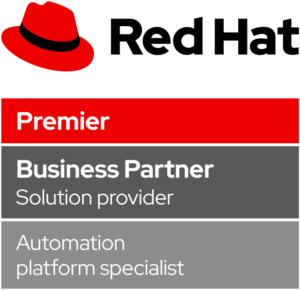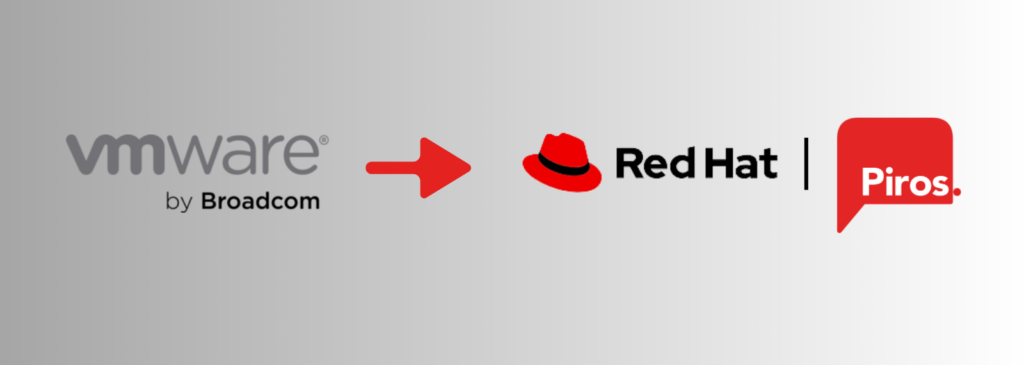Red Hat Ansible: more time savings, fewer errors
Tech consultants are increasingly seeing Red Hat Ansible as a kind of Swiss Army knife. The tool has an answer to almost every question. Ansible can bring benefits across a very diverse range of areas: when it comes to infrastructure automation, it can tackle everything from configuration management to monitoring security compliance.
“In the past, you could only use Ansible with Linux, and then mainly Red Hat,” says Ruben Brusselmans, Enterprise Solutions Consultant at Piros. “Today, the Microsoft world is also part of the scope, both in the cloud and on-prem.” As a result, Red Hat Ansible adoption is growing rapidly.
Ansible is primarily a task orchestrator. A longstanding crucial feature is that idempotence is built into many of the modules. The idea is simple: Ansible checks the state of a piece of infrastructure, such as a server. If Ansible detects the desired state, nothing happens. If the state is wrong, the situation is adjusted until it is correct again.
Avoid human error
“In the past, this approach required a lot of manual intervention from the technical consultant,” Ruben explains. “They had to log in separately to each part of the infrastructure, for example on each server, and enter the correct commands. This not only took a lot of time, it was also a very repetitive task. If there were dozens, or even hundreds, of servers, the administrator would have to log in to each of them, one by one, and carry out the necessary checks. Human error inevitably crept in.” Ansible allows you to automate this kind of job, which is of course much more efficient.
Ansible users can rely on the years of experience the team of specialists has built up using the tool. “The advantage of Ansible is that you can get started quickly, even if you don’t have much experience with scripting yourself,” says Ruben. “Users generally find their way around it very quickly, so they use Ansible out of the box for a lot of different types of tasks. The benefits are always twofold: time saved and fewer errors.”
Enforce compliance
Ansible does more than just manage your infrastructure configuration. You can also use it enforce compliance. As a company you naturally want your users to have the right rights, no more and no less. You want them to have easy access to the data and applications they need, but you don’t want them poking around in places where they have no business.
“Ansible allows you to check the rights of the users. Suppose someone changes a user’s access rights without authorization, Ansible will detect that and revert the settings to the desired state.”
Experiment
Ansible is popular with technical consultants for another reason. “I like to experiment,” says Ruben. “And inevitably I make mistakes. Ansible allows me to easily return to my starting position. In fact, I even use Ansible to configure a new laptop.”
Another advantage of Ansible is that it’s open-source. As a result, everything you can do with it is extensively documented. Not only can you do a lot, you can also easily find all the information you need to achieve your goal. “Ansible is evolving very quickly. Red Hat ensures that the tool is enterprise-ready,” Ruben concludes. “And ultimately, the Red Hat community ensures that there is a broadly supported use case for Ansible.”
Would you like to know more about what Red Hat Ansible can do for your organization? Contact us.
Are you eager to know how else we can help you? Check out our services.



